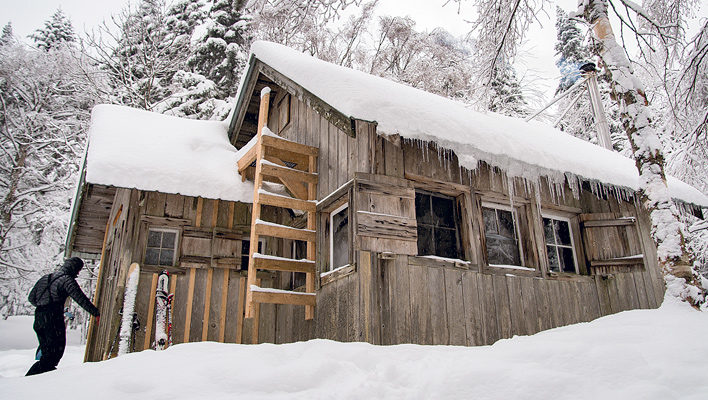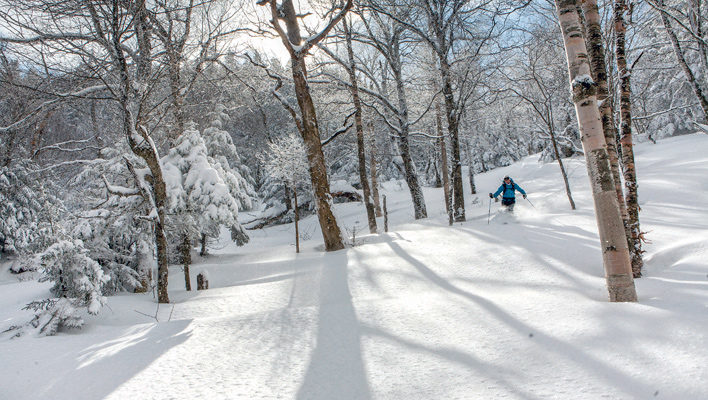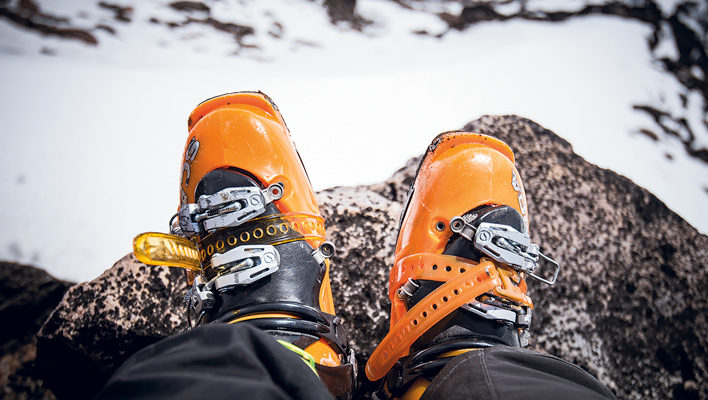There’s no denying it—backcountry gear is expensive. And while touring may offer freedom from purchasing lift tickets or a season’s pass, the cost of a new setup can quickly creep well above $2,000, which isn’t an annual line item in many a skier’s budget.
Grassroots Glades

Holly Knox has been managing recreational opportunities as a Green Mountain National Forest District Recreation Program Manager for the last decade, a time when the number of backcountry skiers seemingly multiplied overnight. With 400,000 acres of national forest stretching through central and southern Vermont, and many different groups vying for space to recreate, Knox has plenty of work cut out for herself, focusing her efforts on the Rochester and Middlebury Districts. But after spearheading the country’s first backcountry ski zone of its kind, she clearly has it all under control. Here’s what Knox had to say about her recent effort with Vermont’s glades.
Connecting the Spots

In 2016, R.J. Thompson struck up a conversation with the then-executive director for Vermont’s Catamount Trail Association, Amy Kelsey. What started as a discussion about a potential yurt in Stowe, Vt.’s Nebraska Notch transformed into Kelsey connecting Thompson with Devon Littlefield, a Mainer-turned-Vermonter also curious about the lack of cohesive backcountry accommodations in the state.
The Old Goats

Between a winding Nordic network, long-distance point-to-point routes that trace the Green Mountains’ spine and ample glades that snake through tangled birches, the only thing more extensive than Bolton’s offerings is its legacy. And that history—which predates most Northeastern skiing—is as essential to the story of Vermont’s backcountry as Johnson Woolen Mill pants and the motivation to push beyond the underbrush.











